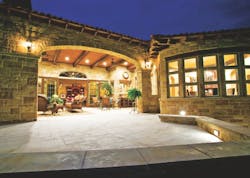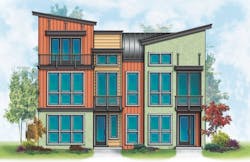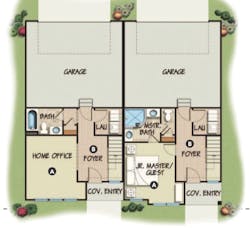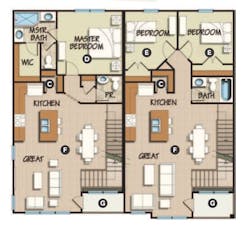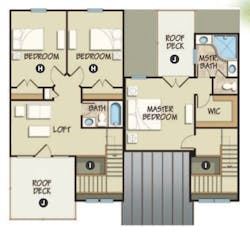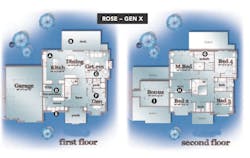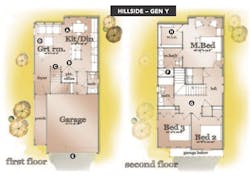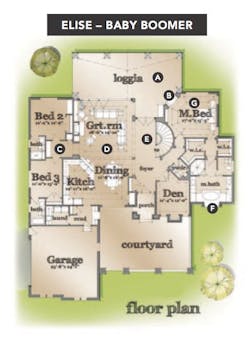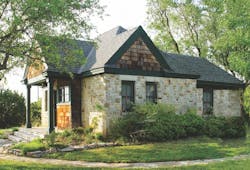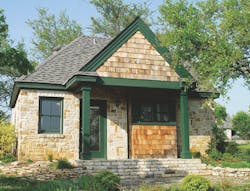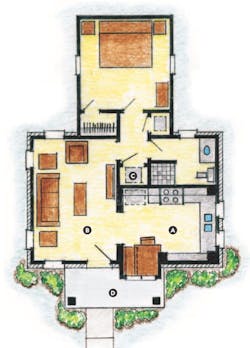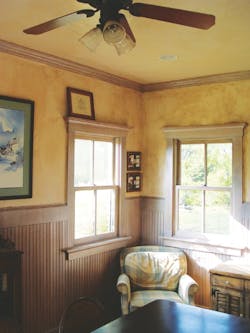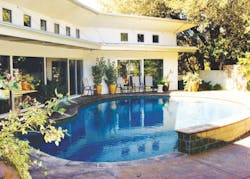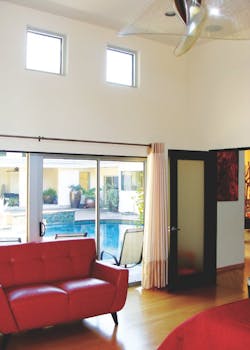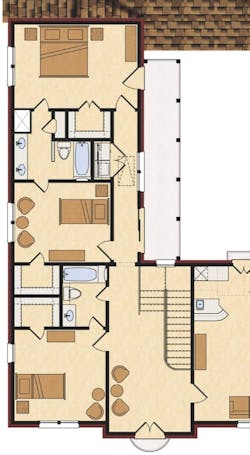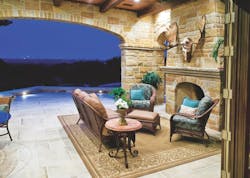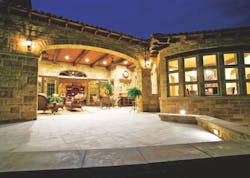For years, Realtors have urged those of us who design and build homes to include special features that will motivate buyers. These hot buttons might be practical ideas such as locating the laundry room close to the children’s bedrooms or adding windows for more natural light. However, in many segments of the market, a luxury item—such as an outdoor kitchen that could easily cost more than the indoor cooking space—can close the sale of the home. As we investigate which features might motivate the various generation groups of buyers, we find some diverse ideas. While Millennials are attracted to technology and unique design elements, the Boomers might be more interested in how they can deal with an aging parent or a boomerang child. As you’ll see on the following pages, the days when granite countertops and stainless appliances served as hot buttons are long gone.
[PAGEBREAK]
The Ridge/The Summit
ArchitectGMD Design GroupScott Gardner, AIA919.320.3022Donnie McGrath770.375.7351Plan sizeThe Ridge: 1,650 sfThe Summit 1,854 sf
[PAGEBREAK]
Hillside, Rose, and Elise
ArchitectTodd Hallett, AIA, CAPSTK Design and Associateswww.tkhomedesign.com248.446.1960
Rose-Gen XLiving area: 2,917 sfPorches: 385 sfGarage: 716 sf
Hillside-Gen YLiving area: 1,441 sfPorches: 62 sfGarage: 339 sf
Elise-Baby BoomerLiving area: 2,917 sfPorches: 385 sfGarage: 716 sf
[PAGEBREAK]
Plan 56580
DesignerLarry Garnett, FAIBDwww.smartlivinghomedesigns.comPlan sizeLiving area: 672 sfWidth: 25 feet, 11 inchesDepth: 38 feet, 4 inches
[PAGEBREAK]
Light, Laundry, and Outdoors
ArchitectRick Garza, Principal ArchitectRPGA Design Groupwww.rpgaarchitects.com817.332.9477
